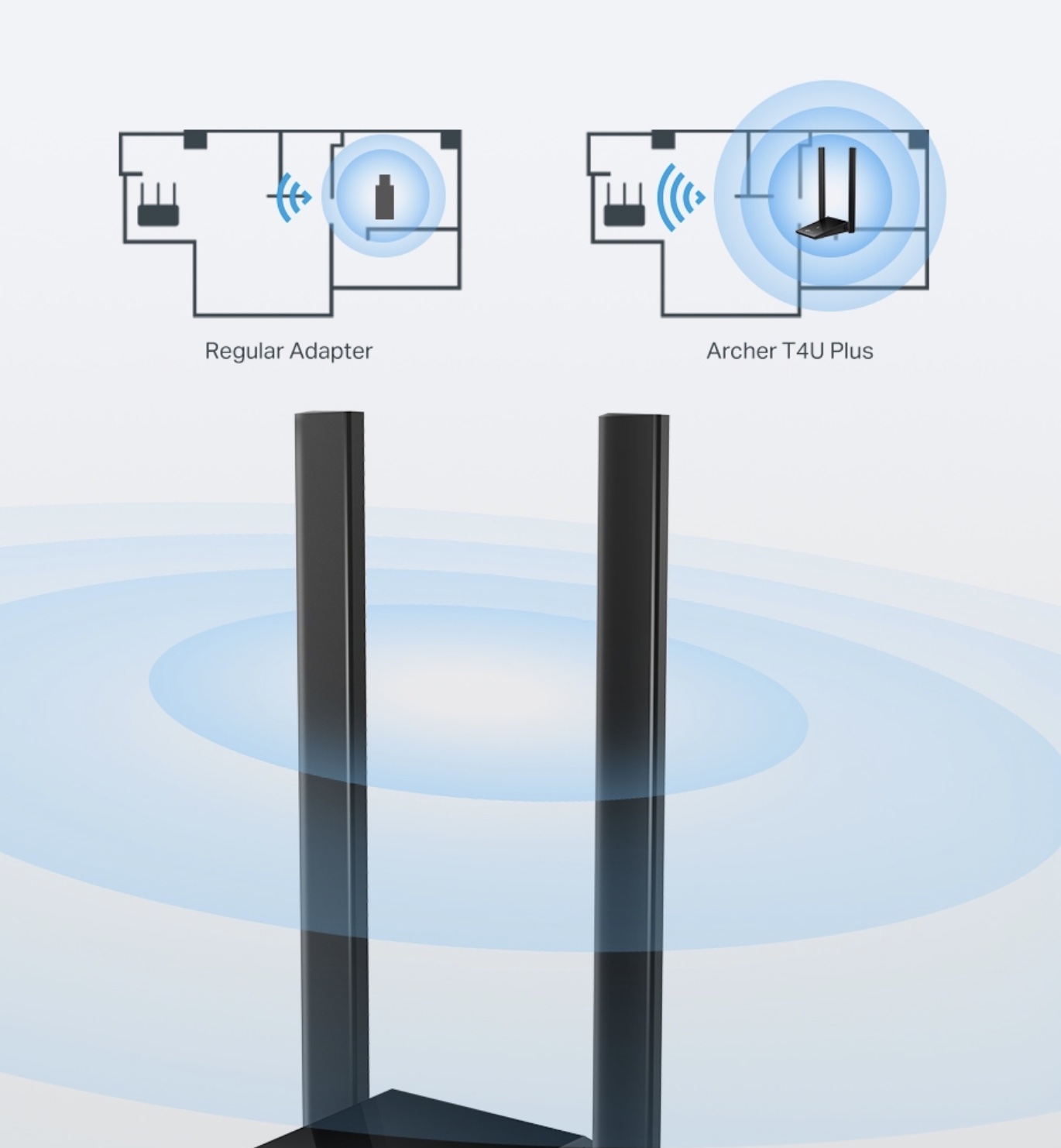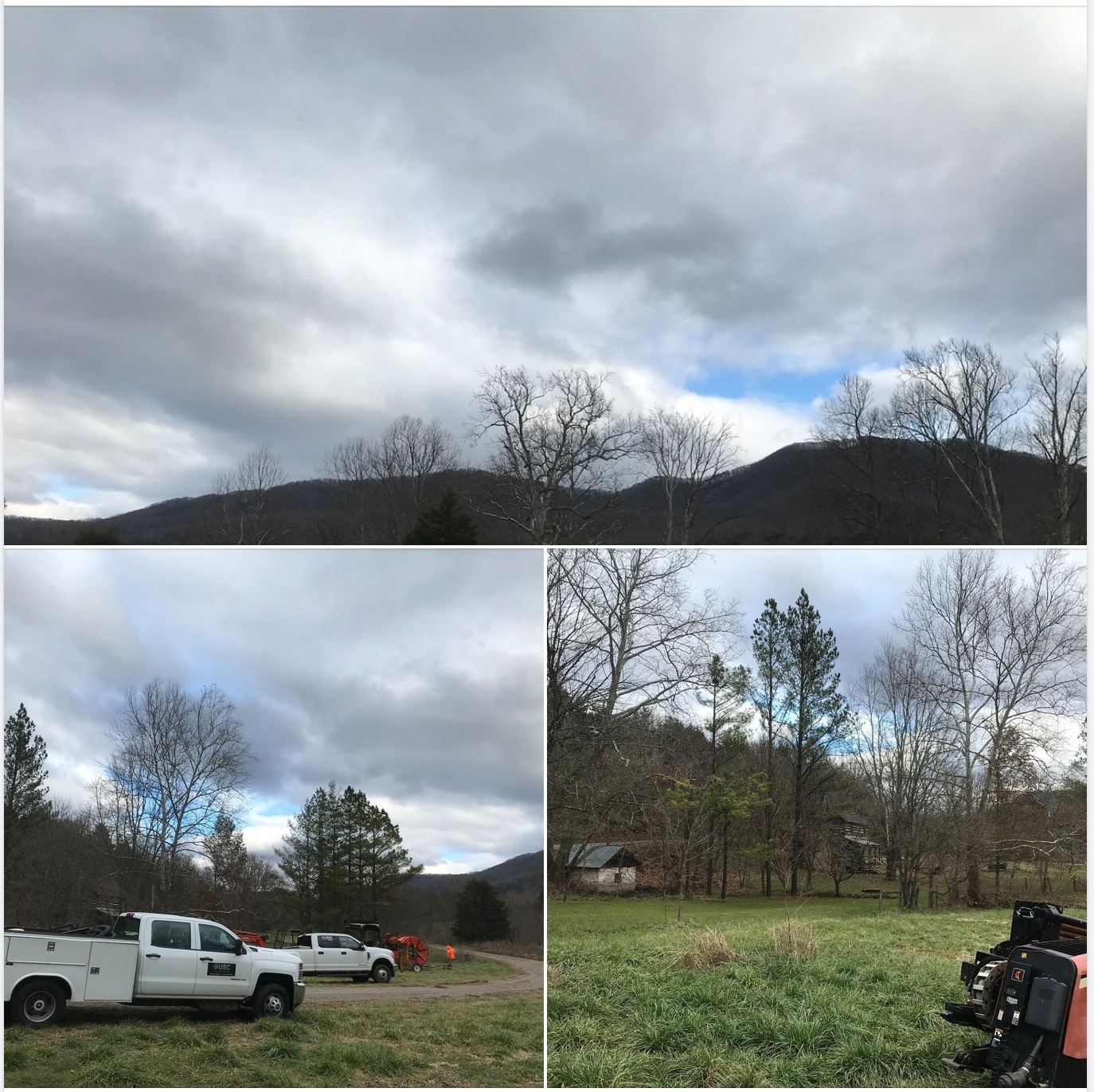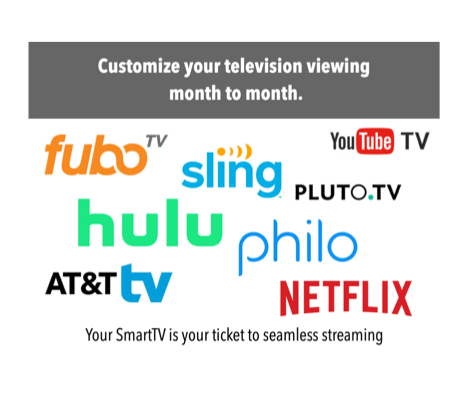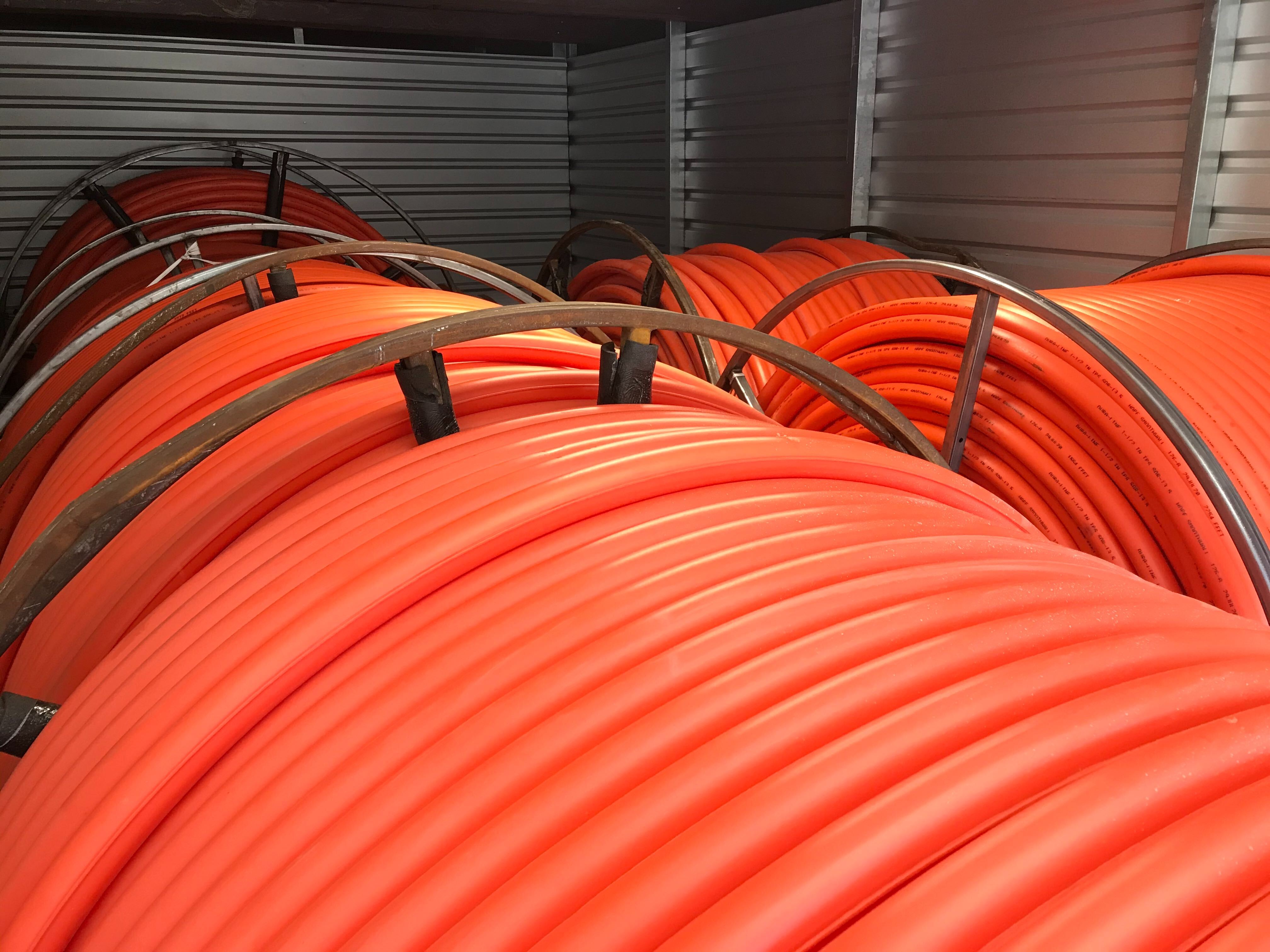WideOpen delivers super-fast Gig fiber to Blacksburg and Montgomery County homes
Blacksburg, Virginia, 8/4/21
WideOpen Blacksburg announces it is now adding Fiber to the Home (FTTH) customers to their network at a record pace in Blacksburg and the New River Valley, and is starting to deliver Gigabit service to businesses including the Blacksburg New School.
The company’s Blacksburg-area backbone was completed in early June. Since then, fiber construction has moved into several Blacksburg neighborhoods, and hundreds more Blacksburg homes are scheduled to receive fiber connections this summer. The company provides the fastest Internet in the region, and the expanded network can deliver Gigabit, 2Gig,10Gig, and 100Gig fiber services to connected businesses and residents.
Andrew Cohill, WideOpen’s CEO, described the company’s current activities. “Our next generation fiber back-bone passes by nearly every business and residential area of Blacksburg. We have a complete network expansion roadmap for 2021 and 2022, and we will be connecting homes to our fiber network steadily as we complete new lateral network segments.”
The company is also expanding its network in Montgomery County, and some residents in the Catawba Valley got connected in December and January. Most of those homes were on extremely slow DSL, and they are delighted with the speed of WideOpen’s rural fiber service.
Lynn Huber, who coordinates the company’s Blacksburg project, said she has been getting thank you notes from new customers. “They are telling us their children can finally do their school work and participate in virtual classroom activities at the same time as their parents work productively from home.”
WideOpen has been getting service requests from all over Blacksburg and Montgomery County. Potential customers are telling the company they want what WideOpen offers: excellent service, a choice of services and ISPs, connections that don’t drop, and lightning fast uploads and downloads. The WideOpen fiber network has been designed specifically to support homes and businesses that need high performance two way video support for services like Zoom, GoToMeeting, and Webex. Scott Hebdon, a new customer in the Catawba Valley area has been very pleased with the service: “I truly appreciate that the WideOpen team brought Gigabit fiber to us; it has made a tremendous difference to our children and their ability to do their schoolwork.”
Huber described an important feature of the network. “Our network is fully symmetrical, meaning upload and download speeds are the same. When a customer fine tunes their new setup, they are shocked at the difference between their previous old-fashioned, copper-based network with slow upload speeds and WideOpen’s lightning fast wide open Gigabit fiber. Batches of photos, large files, and work documents move back and forth to the cloud without affecting any other internet activities.”
WideOpen Blacksburg is a subsidiary of WideOpen Networks, and both companies are based in Blacksburg. WideOpen Networks provides the network back office technical support for the Blacksburg network, but the company also maintains and supports nine other networks in Virginia, Montana, and New Hampshire. The company has a national reputation for network design, construction, and management, and has designed and built modern fiber and wireless networks throughout the U.S., Canada, and the Caribbean.



 In January 2021, Parks Associates released a
In January 2021, Parks Associates released a 
 We're working hard to bring high speed internet out to underserved rural clusters at the same time as we build out our in-town infrastructure. Construction has begun in this beautiful and remote area of Montgomery County. Seventeen more country homes will be lit with WideOpen fiber by Jan 1.
We're working hard to bring high speed internet out to underserved rural clusters at the same time as we build out our in-town infrastructure. Construction has begun in this beautiful and remote area of Montgomery County. Seventeen more country homes will be lit with WideOpen fiber by Jan 1.

